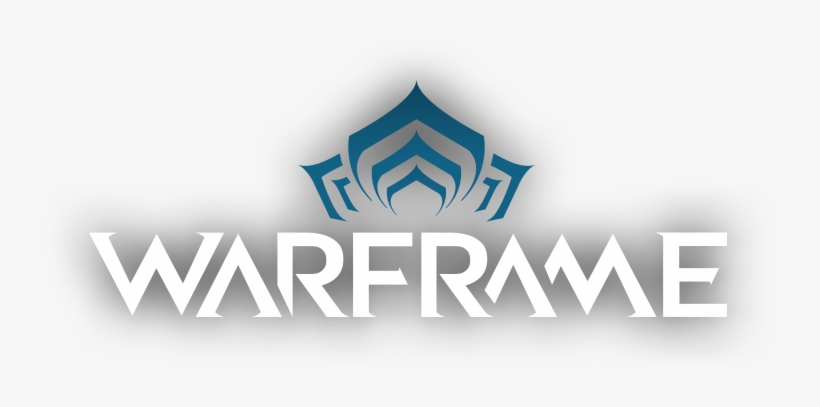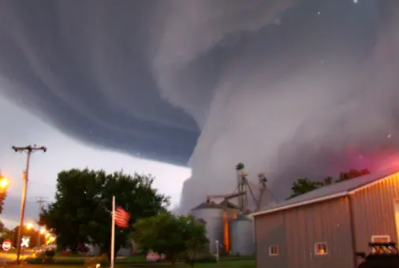(FOJ Bridges) A Review of Warframe
In March of 2013, the open beta for the free-to-play video game “Warframe” launched. An enigma in genre, sometimes called an MMORPG, or just a shooter in general, it initially received average and unfavorable reviews and stayed relatively unknown to the mainstream. The game has evolved into something drastically different since then. After various expansions and updates, the game became more in-depth and expansive, with many hours of content to complete. Warframe’s story is very scrambled and vague, with many crucial plot points still in development. The plot follows a member of the race of warriors known as the Tenno. At the beginning, you are awoken from cryosleep by a figure called the Lotus, who serves as your guide for the rest of the game. You then choose a ‘Warframe’, which is basically your class. There are over 70 different frames in the game overall, but the player is given only a few to begin with. The three choices for your starter frame have their own respective playstyle and abilities. Once you choose a frame and acquire some basic weapons in the tutorial, you are given access to your Orbiter, which in simple terms, is a spaceship. During a few more guiding missions, you are introduced to one of the integral factions of the game, the Grineer, a race of hyper-militaristic human clones with genetic deterioration. After progressing further, you are introduced to a corporate and currency driven race called the Corpus, and a race of infected lifeforms altered by a virus known as the Infestation. If this sounds confusing or absurd to you, then you’re not alone. The lore and story is famously convoluted and confusing, which is a major downside for players who want a more story-focused experience.
The gameplay and general progression of “Warframe” is definitely its strong suit, but is also a topic of much controversy in its community. The progression centers around completing a star chart, which is a map of the solar system with 18 different planets to complete. Each planet has its own chain of mission nodes. Nodes are small objective-based missions of 21 different types, each with their own different gameplay elements and styles. I won’t go over every type in this review, but some types include: exterminations, where the players goes through a map and kills a set number of enemies as the objective; captures, where the player incapacitates and then captures a target; survivals, where the player must keep a life support meter up by killing enemies are activating life support towers; etc. After completing the required path of a planet’s missions to progress, the player must then go through a “Junction”. These Junctions have requirements to unlock, such as collecting a certain amount of resources or completing a certain mission type x number of times. After these requirements are met, the player must face an AI controlled version of a certain Warframe and defeat it. Afterwards, they unlock the path to the next planet and then this cycle repeats itself until all planets are unlocked. There are many variations with this system, but it remains mostly consistent throughout the game.
The general gameplay of “Warframe” centers around farming, which means repeatedly killing a certain enemy or groups of them to acquire resources, mods, or blueprints for weapons and utilities. These elements require some explanation, as they are quite intricate and take some time to learn and become accustomed to. Blueprints are generally self explanatory, as they serve as a foundation for weapons, Warframes, and other in game elements. Usually, building something from a blueprint takes some resources and the in-game currency, credits. After acquiring those, the player then uses the Foundry in their Orbiter to build the respective object, which then takes a set amount of time, ranging from mere seconds to several hours or days. After the completion of this timer, the player is able to claim the object and use it. Weapons in this game are very diverse and sometimes cartoonishly absurd, which helps give this game a distinct personality that separates it from others. The weapon system is classified into 3 categories, melee, secondaries and primaries. Each of these categories has its own respective mods. Warframes follow this same pattern, each with their own set of 4 abilities that cost energy to cast and each with their own visual aesthetic and lore. They also have their own respective mods, but what are mods? Weapons and Warframes follow a ranking/leveling system where they gain power and mod capacity as they climb in level, up to rank 30. Mods, in simplistic terms, are cards with different statistics that can be applied to a weapon or Warframe. They take up a certain amount of mod capacity, which is an integer that limits the amount of mods that can be slotted into a Warframe. For example, you would be able to slot a mod with 12 drain into a Warframe or weapon with 30 capacity, and that stat would be applied to the respective tool. There are ways to upgrade weapons and frames to hold more capacity, and mods increase in drain as you upgrade them to a higher level, which also increases their stats.
The way that the developers gain profit from “Warframe” is through another in-game currency called platinum, which can be bought using actual money. This currency can then be used to purchase slots for Warframes and Weapons, among other cosmetic items. It is in no way required for gameplay but it is much more convenient to buy platinum for these things than it is to do it entirely without it, and has received much criticism from the community because of such.
Overall this system is trying as hard as it can to not be pay to win, but considering the game’s person vs. enemy nature, this aspect doesn’t affect other players as it would in a multiplayer game.
Overall, this system constructs the foundation of “Warframe”, but there is much more to explore and test out, sometimes taking thousands of hours to complete fully. The development of “Warframe” is not over, as new content is released on a somewhat inconsistent basis. There are still many other intricacies to the game which I have not gone over, so I encourage you to try it out for yourself. “Warframe” can be a long and frustrating experience, but it has many undeniable strengths, and how you like it can differ from person to person.
Your donation will support the student journalists of West High School. Your contribution will allow us to purchase Scholarship Yearbooks, newsroom equipment and cover our annual website hosting costs.










